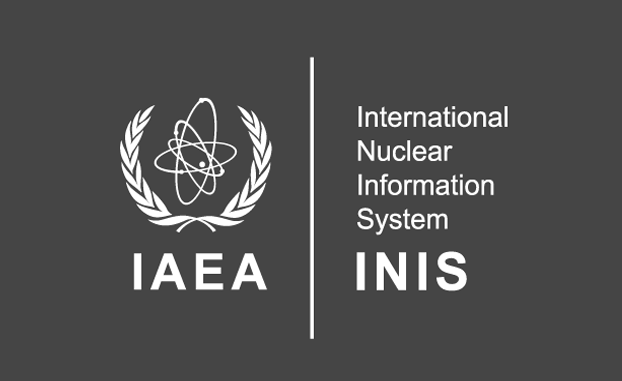ENHANCING CORROSION RESISTANCE OF AISI–1010 IN RSG–GAS SECONDARY COOLING PIPES THROUGH INHIBITOR COMPOUND INTERVENTION
DOI:
https://doi.org/10.55981/urania.2025.8674Keywords:
secondary cooling pipes, inhibitors, corrosion behavior, RSG-GASAbstract
The secondary cooling pipes of RSG-GAS utilize AISI-1010, facilitating water circulation directed to the cooling tower after heat absorption from the primary coolant in the heat exchanger. The subsequent dissipation of heat through the cooling tower into the ambient air aims to uphold the primary coolant's temperature below 40°C. This study focuses on evaluating the impact of inhibitor compounds on the corrosion behavior of AISI 1010. Employing FTIR and GCMS techniques, the inhibitor compounds were analyzed, complemented by visual and SEM examinations for surface morphology. The corrosion rate, influenced by the inhibitor, was quantified using a potentiostat. FTIR analysis revealed a spectrum of functional groups, encompassing O-H, N-H, aromatic compounds, C=O, C-O, and phosphate. Nitrogen, oxygen, and phosphorus elements within the inhibitor exhibited binding interactions with iron in the material. GCMS identified prominent compounds like 1H-Benzotriazole (RTs 14.4469 & 14.7746) - which is a major corrosion inhibitor indicated by its high peak and area percentage, Trans-1-methyl-2-nonyl-cyclohexane (RT 6.6834) as primary constituents of the inhibitor. Visual inspection post-immersion in a 150-ppm inhibitor solution showcased a lack of corrosion products on AISI 1010, contrasting with visible corrosion on the material without an inhibitor. SEM analysis confirmed a protective layer formation. The addition of the inhibitor at 150 ppm significantly enhanced AISI 1010's corrosion resistance, evidenced by a 46.71% reduction in the corrosion rate. This underscores the efficacy of the inhibitor in mitigating corrosion effects on AISI 1010, contributing valuable insights for materials in similar cooling system applications.
Downloads
Published
How to Cite
Issue
Section
License
Copyright (c) 2025 Enung Nurlia, Rahayu Kusumastuti, Abdul Aziz, Maman Kartaman Ajiriyanto, Rosika Kriswarini, Gadang Priyotomo, Arini Nikitasari, Geni Rina Sunaryo, Setyo Budi Utomo, Sriyono, Supriyadi, Siska Prifiharni, Siti Musabikha

This work is licensed under a Creative Commons Attribution-ShareAlike 4.0 International License.



